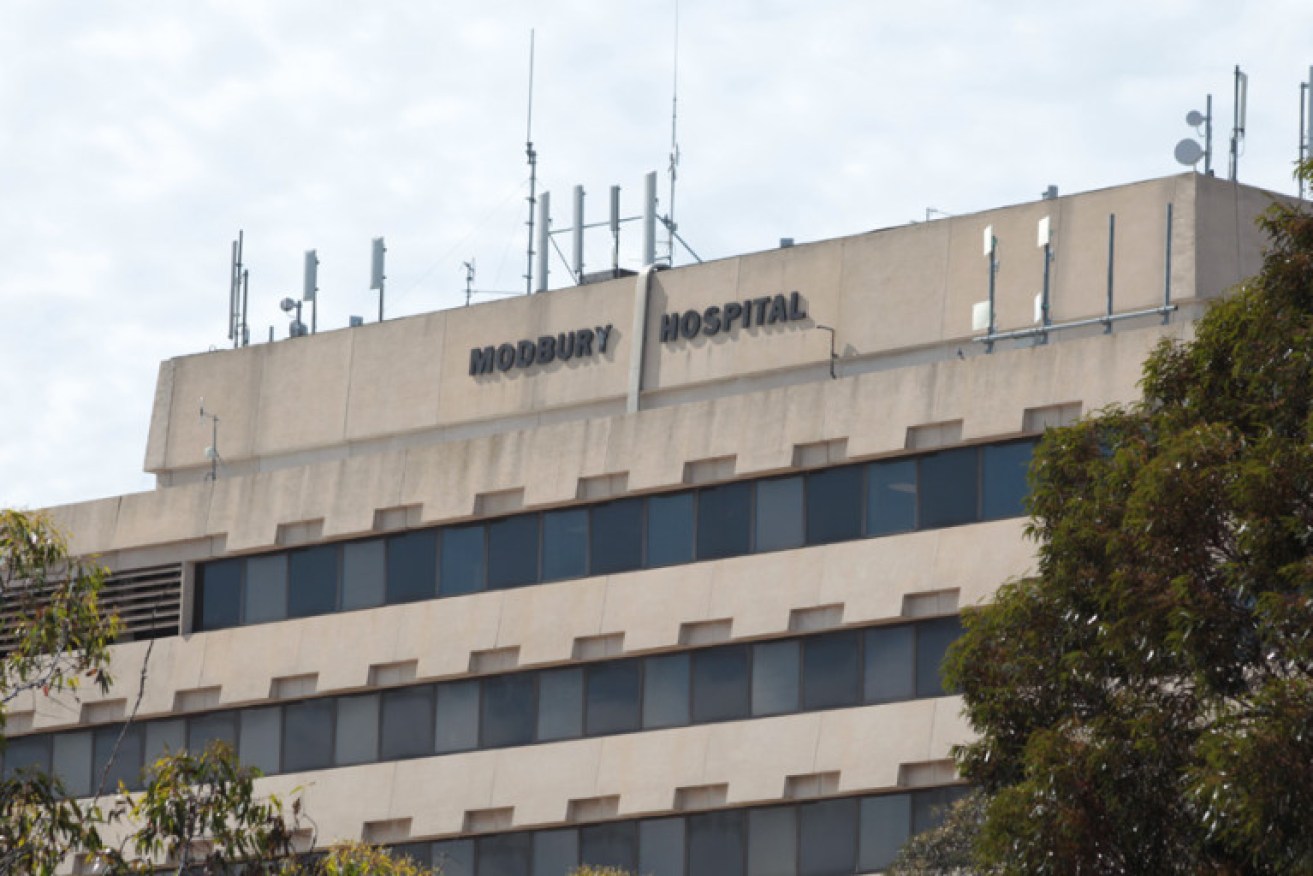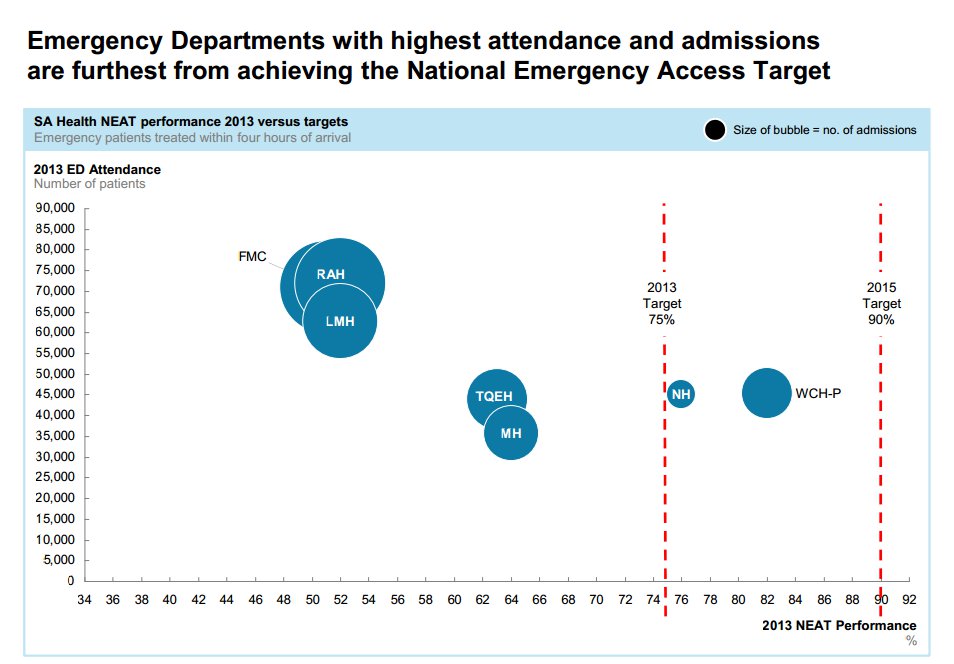SA’s best-performing EDs to close


Despite performing better than larger hospitals, smaller hospital EDs are set to be scaled down.
The hospital emergency departments marked for closure by the State Government are also the closest to meeting national performance targets.
The Noarlunga Hospital, Queen Elizabeth Hospital and Modbury Hospital emergency departments, all set to be scaled back to non-critical care, each performed better in the National Emergency Access Target than any of the larger EDs.
Health Minister Jack Snelling revealed over the weekend that the government planned to consolidate critical care services in the state’s largest emergency departments – the new Royal Adelaide Hospital, Flinders Medical Centre (FMC) and Lyell McEwin Hospital (LMH).
But data from the State Government’s own Transforming Health process (see page 23) shows the emergency departments in SA which deal with the highest number of patients are least likely to treat patients within four hours of arrival.
According to doctor’s union spokesperson David Pope – a senior emergency department doctor at the LMH – reducing the state’s critical care emergency departments to just three was “completely untenable”.
“It’s going to mean that people won’t be able to access emergency care when it’s needed,” he told InDaily this morning.
“The reason that those larger EDs can’t even get close to the four hour targets is because they’re overcrowded and overwhelmed, and there’s just insufficient physical space to see people that are currently there.
“You add extra patients, and … it’s never going to work.
“If they do that, they’d have to completely forget about those targets, even as a concept, as an idea.”
Pope said the situation in the LMH emergency department was “terrible”.
“We still have large numbers of psychiatric patients spending days in emergency departments waiting for beds,” he said.
He said the major reason larger hospitals perform worse than smaller ones in SA is that those with the most serious ailments are sent to the larger facilities.
The Transforming Health data showed that the larger hospitals treated between 50 and 54 per cent of patients within four hours of arrival in 2013, whereas smaller emergency departments performed better.

Transforming Health data shows smaller EDs performed better than large ones in patient treatment times.
The Queen Elizabeth Hospital ED and the Modbury Hospital ED treated just under 65 per cent of patients within four hours, while the state’s smallest hospital, Noarlunga Hospital, treated more than 75 per cent of patients within that time.
The Women’s and Children’s Hospital pediatric department performed the best in the state with more than 80 per cent of patients seen within four hours.
However, Snelling said a consolidation of EDs would improve safety for patients.
“It is not clinically safe to try and offer every single service at every single emergency department across the state or even across metropolitan Adelaide,” said Snelling.
“We need to make sure that at least some of our emergency departments have the services and the highly-skilled clinicians around the clock to deal with different presentations, and we are looking at bolstering the resources in some of our EDs to make that happen.”
Snelling told The Advertiser on Saturday that “we need super EDs that can provide top quality 24 hour care – at the moment our resources are spread too thinly so we really need to consolidate”.
“Whether you turn up at 2am or 2pm you should be able to get the best care possible.
“You can’t do that with six EDs spread across Adelaide.”
The SA branch of the Australian Medical Association told InDaily in a statement that: “At present, there is no capacity in the major emergency departments to handle the workload that would be created by such a move”.
“The AMA (SA) will be looking to hold the government to account on access, safety and capacity to meet demand,” it reads.
“At this point, ‘Transforming Health’ proposals have yet to be released in full.
“We will look at how the government plans to address these key areas, which must be dealt with before any changes are undertaken.”
Last year, InDaily has reported on overcrowding in emergency departments right across the state’s emergency care system, including at the smaller hospitals, and at the Royal Adelaide Hospital, where deaths have been attributed to the problem.
InDaily contacted the Australasian College of Emergency Medicine and the Nursing and Midwifery Federation for comment.




